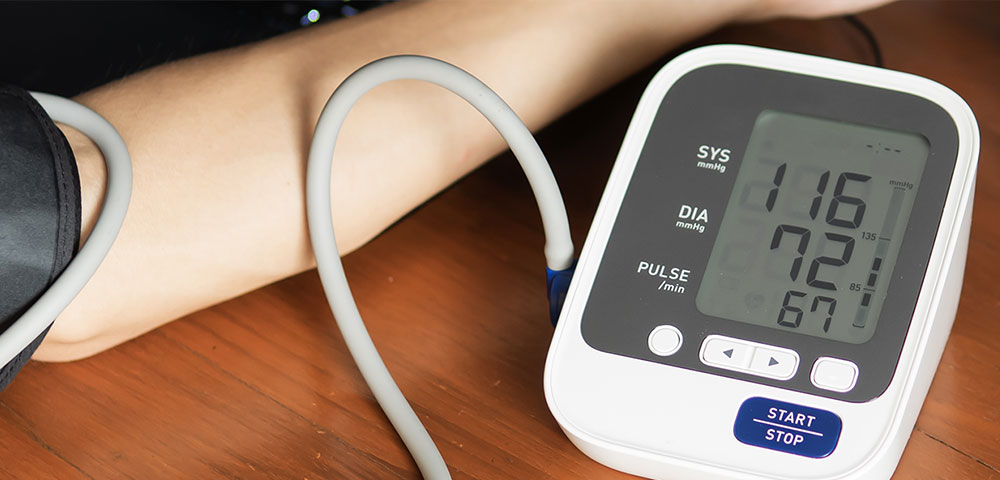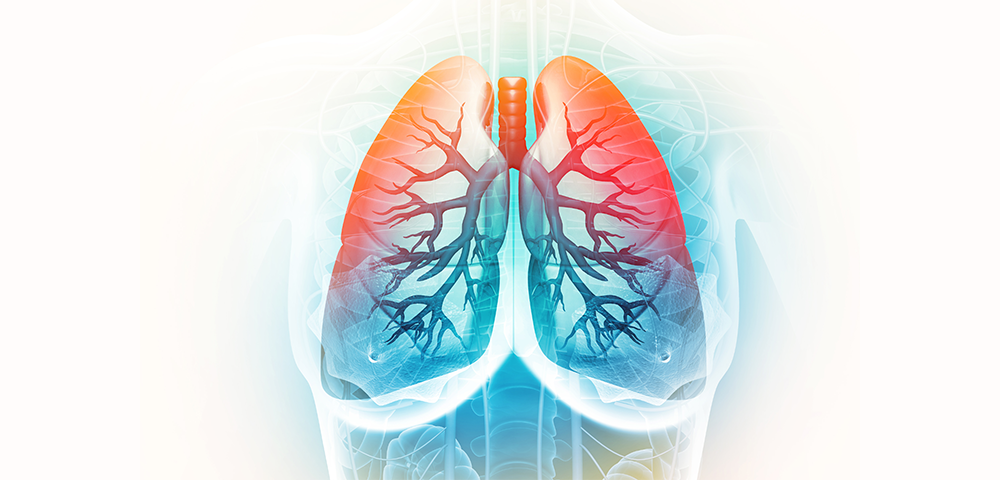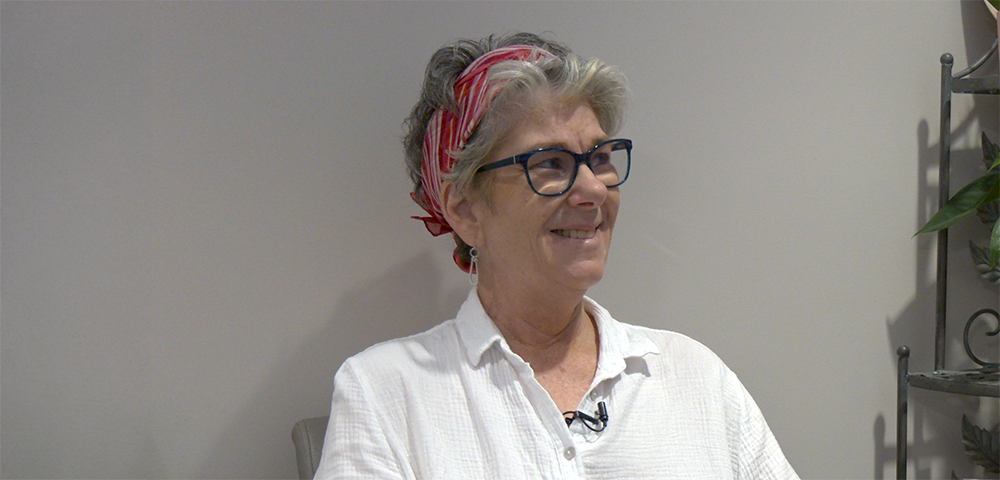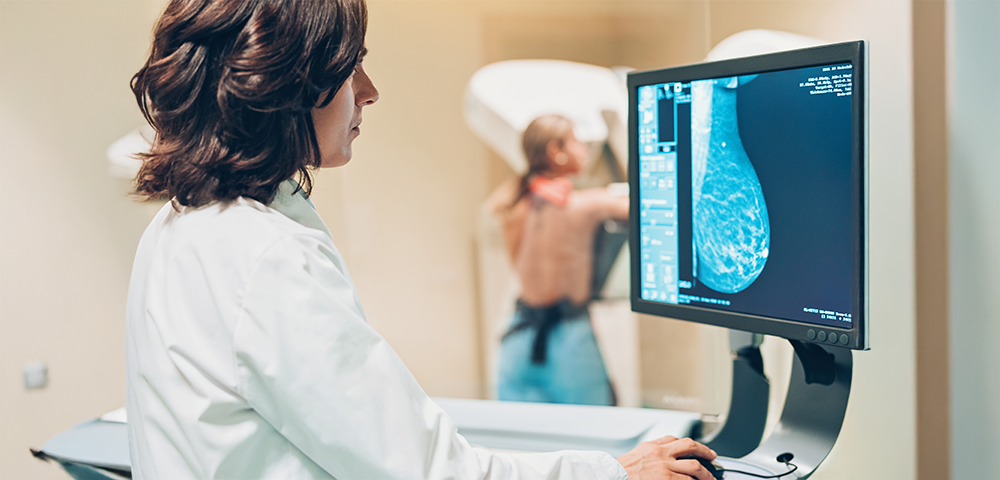by Bruce Bradley, MD, Lexington Clinic Cardiology
What is Hypertension?
Blood pressure normally rises and falls throughout the day, but it can damage your heart and cause health problems if it stays high for a long time. Hypertension (also called high blood pressure), is diagnosed when your blood pressure remains higher than normal. Having hypertension puts you at risk for heart disease and stroke, which are leading causes of death in the United States. In 2018, nearly half a million deaths in the United States occurred directly from hypertension, or from having hypertension as a contributing cause.
The CDC estimates that nearly half of all adults in the United States (108 million, or 45%) have evidence of hypertension. Unfortunately, only about 1 in 4 adults (24%) with hypertension have their condition under control.
Monitoring Your Blood Pressure at Home
Patients today have many choices when it comes to getting monitoring devices for home use. One such device is a home blood pressure monitor. The American Heart Association recommends home monitoring for all people with hypertension (high blood pressure) to help their healthcare provider determine whether your treatments are working.
Home monitoring (self-measured blood pressure) is not a substitute for regular visits to your physician but can be a very helpful tool in managing your condition and selecting the correct dosage of medication.
If you have been prescribed medication to lower your blood pressure, do not stop taking your medication without consulting your doctor, even if your blood pressure readings are in the normal range during home monitoring.
How to Choose a Home Blood Pressure Monitor?
- Automatic cuff-style, upper-arm (bicep) monitors are recommended by the American Heart Association. Wrist monitors are not recommended because they tend to give less reliable readings.
- It is very important to make sure that the upper arm cuff fits your arm so that the readings are accurate. Measure around your upper arm and choose a monitor that comes with the correct size cuff.
- Once you’ve purchased your monitor, bring it to your next appointment so that your healthcare provider can check to see that you are using it correctly and that you are getting the same results as the equipment used in the medical office. Plan to bring your monitor in once a year to make sure the readings are accurate.
How to use a home blood pressure monitor:
- Don’t smoke, drink a caffeinated beverage or exercise within 30 minutes before you measure your blood pressure at home.
- Sit and rest quietly for at least 5 minutes. Sit with your back straight and supported. Your feet should be flat on the floor and your legs should not be crossed. Your arm should be supported on a flat surface (such as a table) with the upper arm at the level of your heart. Make sure the bottom of the cuff is placed directly above the bend of the elbow. You can check your monitor’s instructions for an illustration or have your healthcare provider show you how to do this at your next visit. Don’t take blood pressure measurements over clothing.
- Measure at the same time every day. It’s important to take the readings at the same time each day. Your healthcare provide can advise you on when the best time to take your measurements (e.g. in the morning or the evening).
- It is helpful to keep a journal of your blood pressure readings and bring this to your next appointment. Each time you measure, take two or three readings one minute apart. Please write down the date, the time and the blood pressure machine readings in your journal.
What Should I be Looking For?
Hypertension (also called high blood pressure), is diagnosed when your blood pressure is higher than normal. A normal blood pressure is 120/80mmHg.
A single high reading is not an immediate cause for alarm. If you get a reading that is slightly or moderately higher than normal, take your blood pressure a few more times and consult your healthcare professional to verify if there’ s a health concern or whether there may be any issues with your monitor.
If your blood pressure readings suddenly exceed 180/120 mmHg, wait five minutes and test again. If your readings are still unusually high, contact your doctor immediately. You could be experiencing a hypertensive crisis.
Left-Arm vs. Right-Arm Blood Pressures
When performing home monitoring, you may notice a difference between the blood pressure readings you get in your right and left arm. In general, any difference of 10 mmHg or less is considered normal and is not a cause for concern.
Dr. Bruce Bradley is board-certified in Internal Medicine and board-eligible in Cardiology. He provides services in general cardiology. He performs stress tests, nuclear cardiology studies, trans-esophageal echocardiography and vascular ultrasound. Dr. Bradley can be reached at (859) 258-5300.








